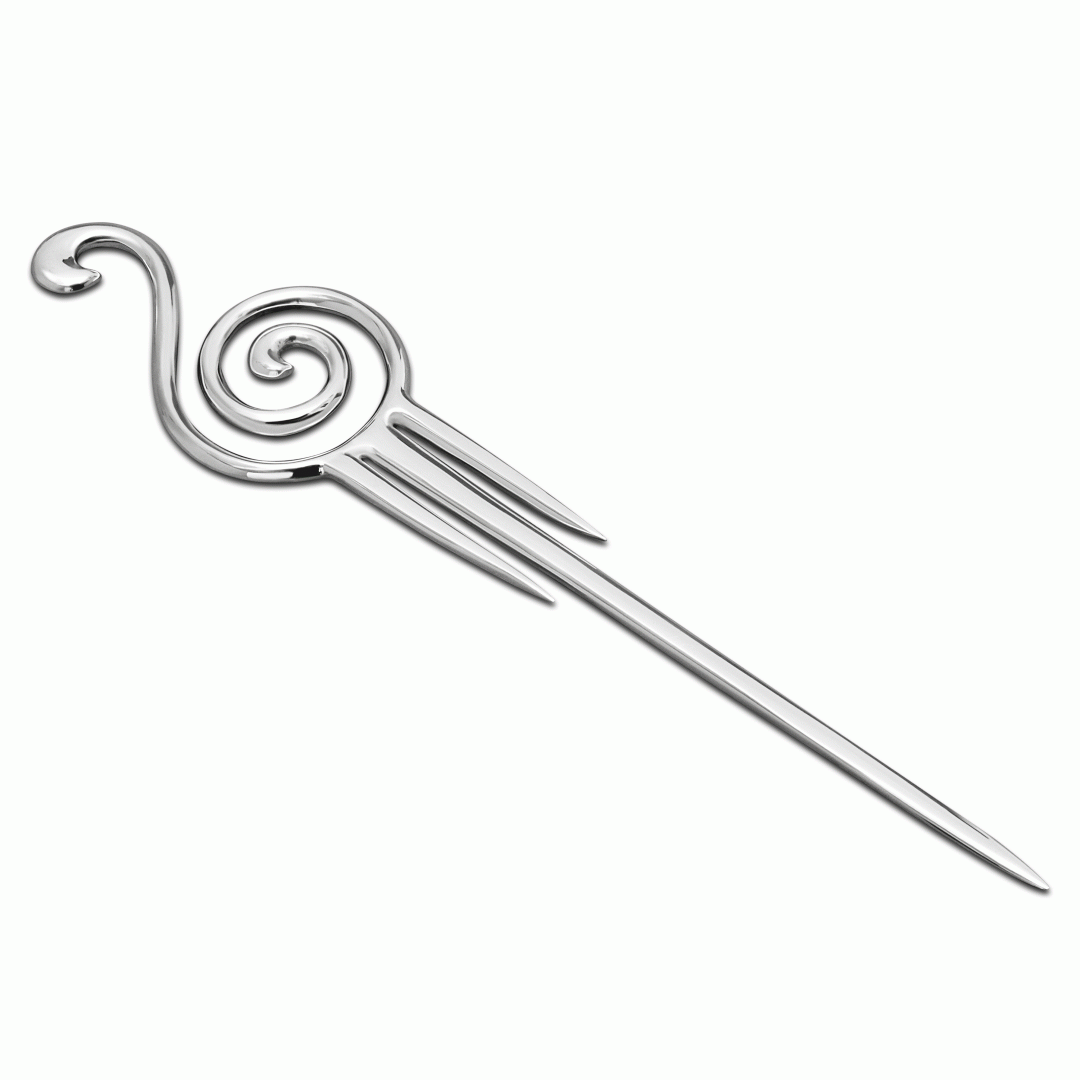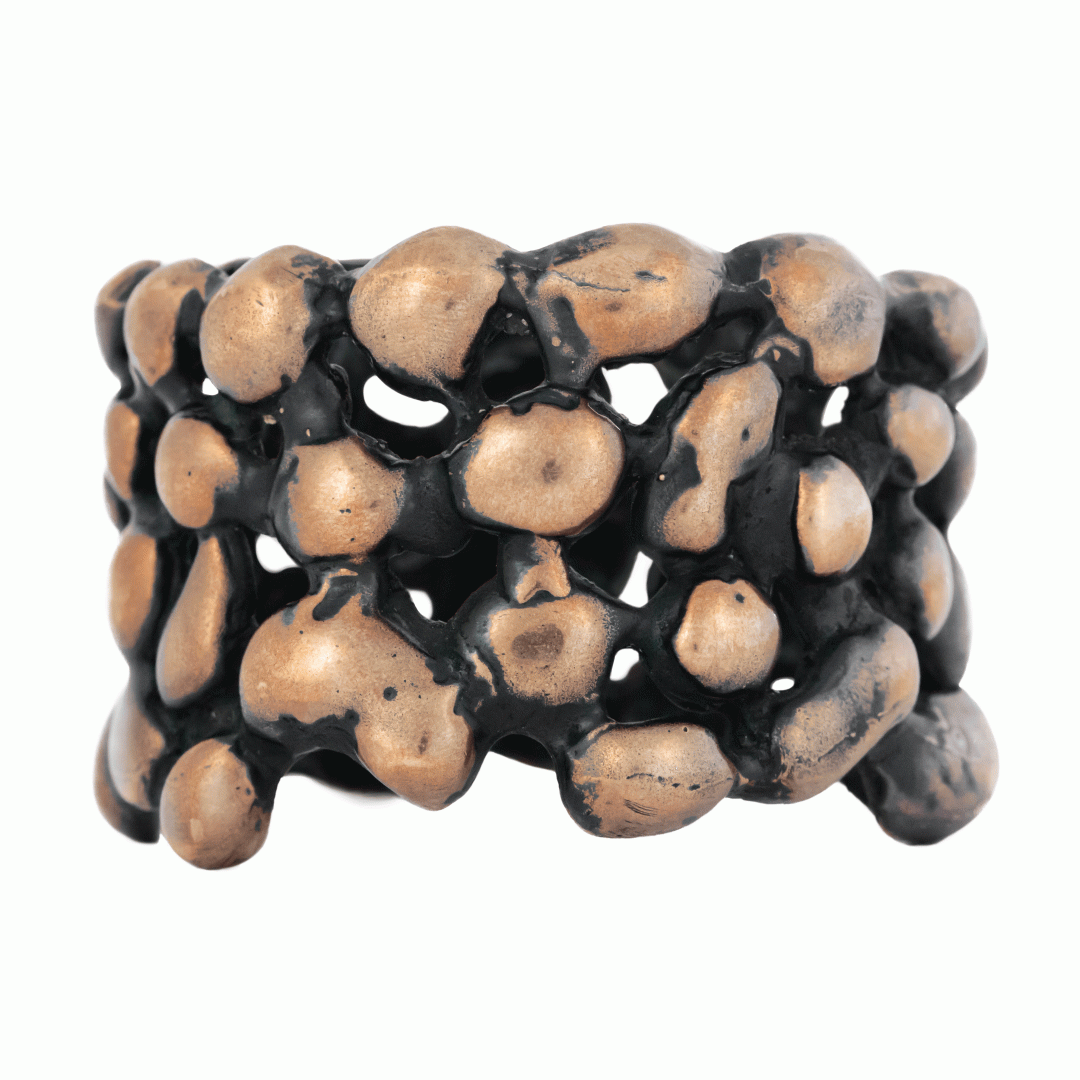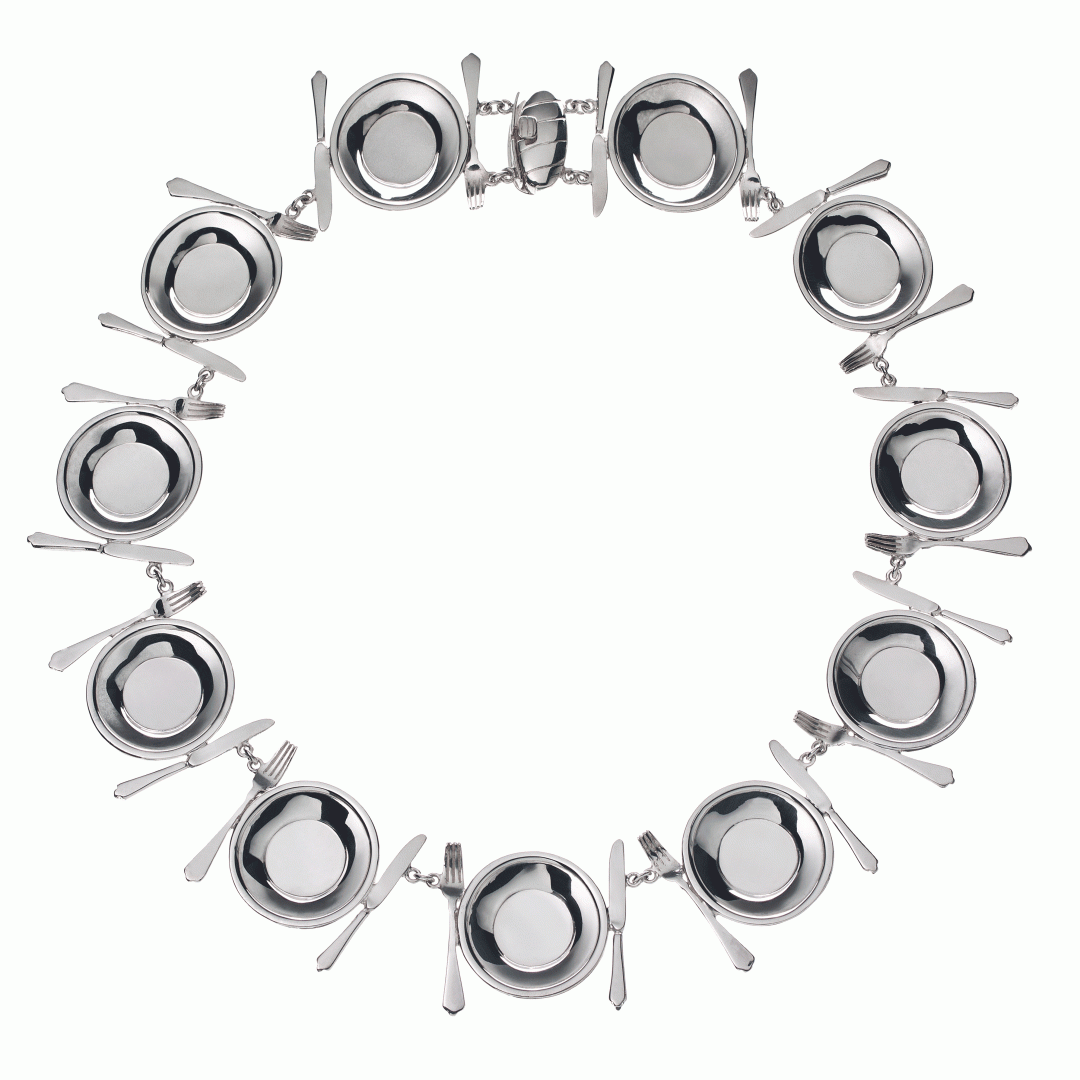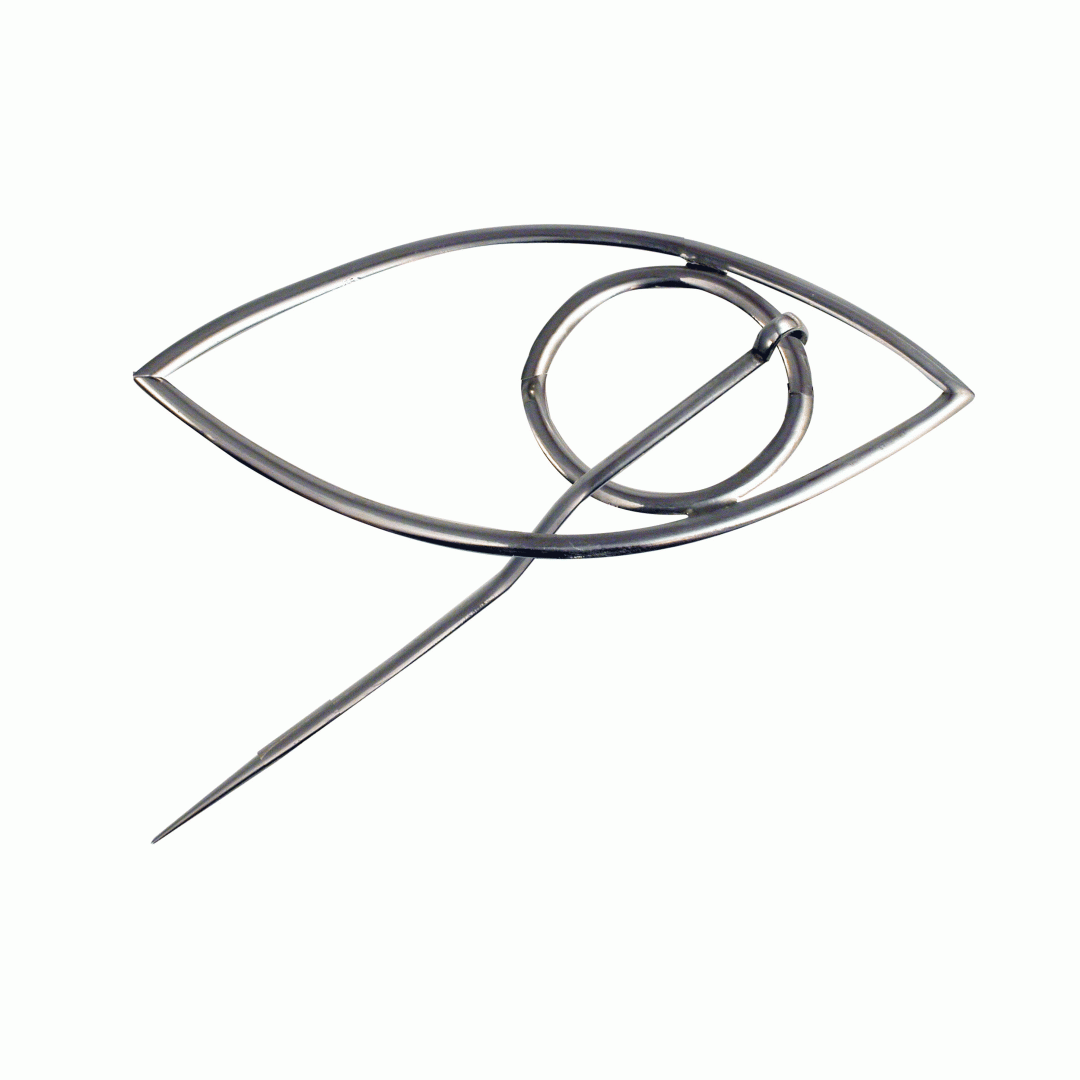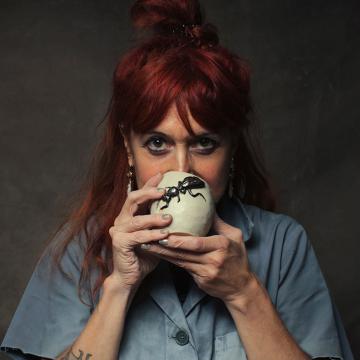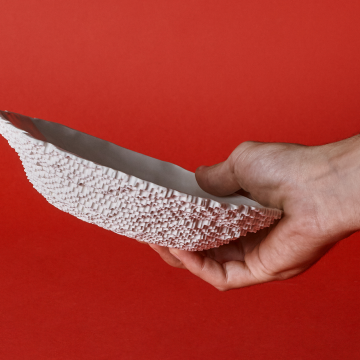Talent for comics and graphic novels is endless in Spain. Paco Roca, Ana Penyas, Paco Sordo, María Medem, Juanjo Guarnido, Teresa Valero… Do you want to get to know some of the best illustrators in the country?
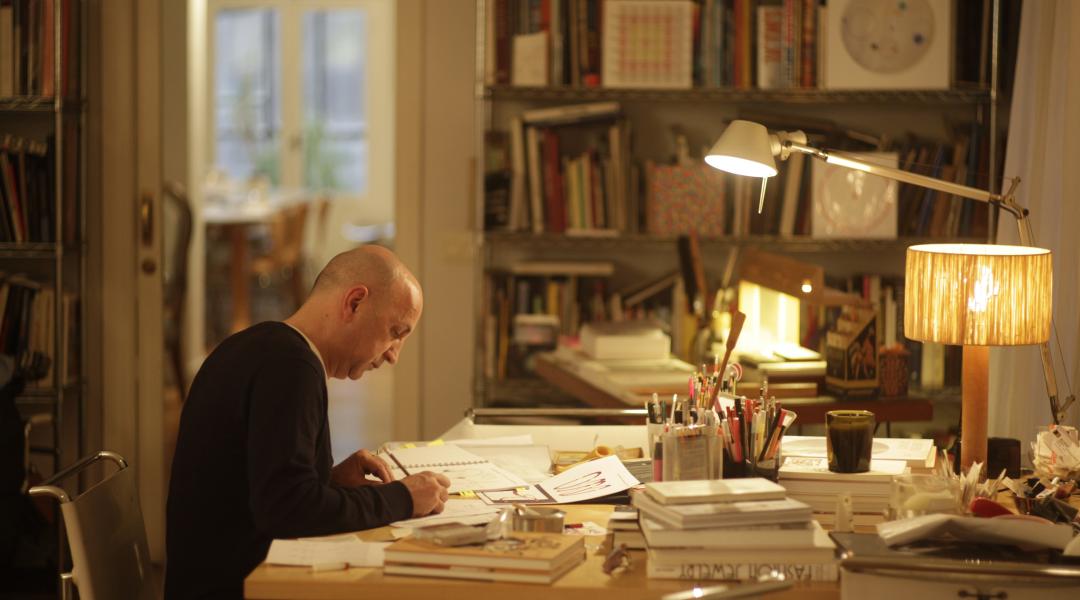
He loves each of his pieces like they were his children. Which is why he speaks with the same enthusiasm about the ones that made him the Movida Madrileña’s jeweller as he does about the pieces belonging to his new, second brand, ChusXChus. Curious, full of creative talent and a perfect host, Chus Burés welcomes us to his Madrid studio before returning to New York, where the Leslie-Lohmann Museum is hosting an exhibition dedicated to his work.
The jewels of Chus Burés (Barcelona, 1957) have a soul. They also have the magical ability to create a special bond with those who wear them. More than necklaces, bracelets, rings or earrings decorating our bodies, they become words, gestures and statements of intent. They leave no one unmoved. Because these small sculptures that embrace those who wear them come from a talented designer who is inspired by life to create pieces that are tremendously beautiful, rebellious and indifferent to fads. Calling both Madrid and New York his home, Burés has not only seduced his loyal clientele, but also artists from different disciplines whom he has collaborated with, such as Pedro Almodóvar—who can forget the ghost’s mask in Tie Me Up! Tie Me Down!, or the dagger hairpin in Matador—, Louise Bourgeois, and Miquel Barceló.
Many years have passed since he arrived in Madrid, with the Movida at its peak, but his talent remains intact. Proof of this is his new project, ChusXChus: a collection committed to the environment that retains the radical and free spirit of his early days.
You have always been a rather transgressive creator. Is that how you have felt?
I’ve never felt conventional. First of all, I’m not a ‘jeweller’: I approach my jewellery work from a designer’s viewpoint, but then I have those ideas embodied by great goldsmiths. I feel more like a creator who uses personal aesthetics beyond trends, sometimes beyond utility, beyond the politically correct. I’ve always acted freely in that respect. I’ve always done what I liked—if people like, buy, and wear it, well, fantastic.
When you create a piece, do you consider who could wear it?
In general, you design for the kind of people you like. When I create a ring for a man, I think of men that I like; likewise if I work on women’s pieces. I can’t imagine creating things for people that don’t appeal to me. A very curious thing happens with my jewels: there are people who want to wear them but aren’t really right for them. It’s amazing that those who wear my jewellery are always people I like. My pieces are very personal and, somehow, a certain symbiosis must come about with whoever wears them. Only those who know how to wear them, who feel them within their universe, do so. They’re divine!
“My pieces are very personal and, somehow, a certain symbiosis must come about with those who wear them"
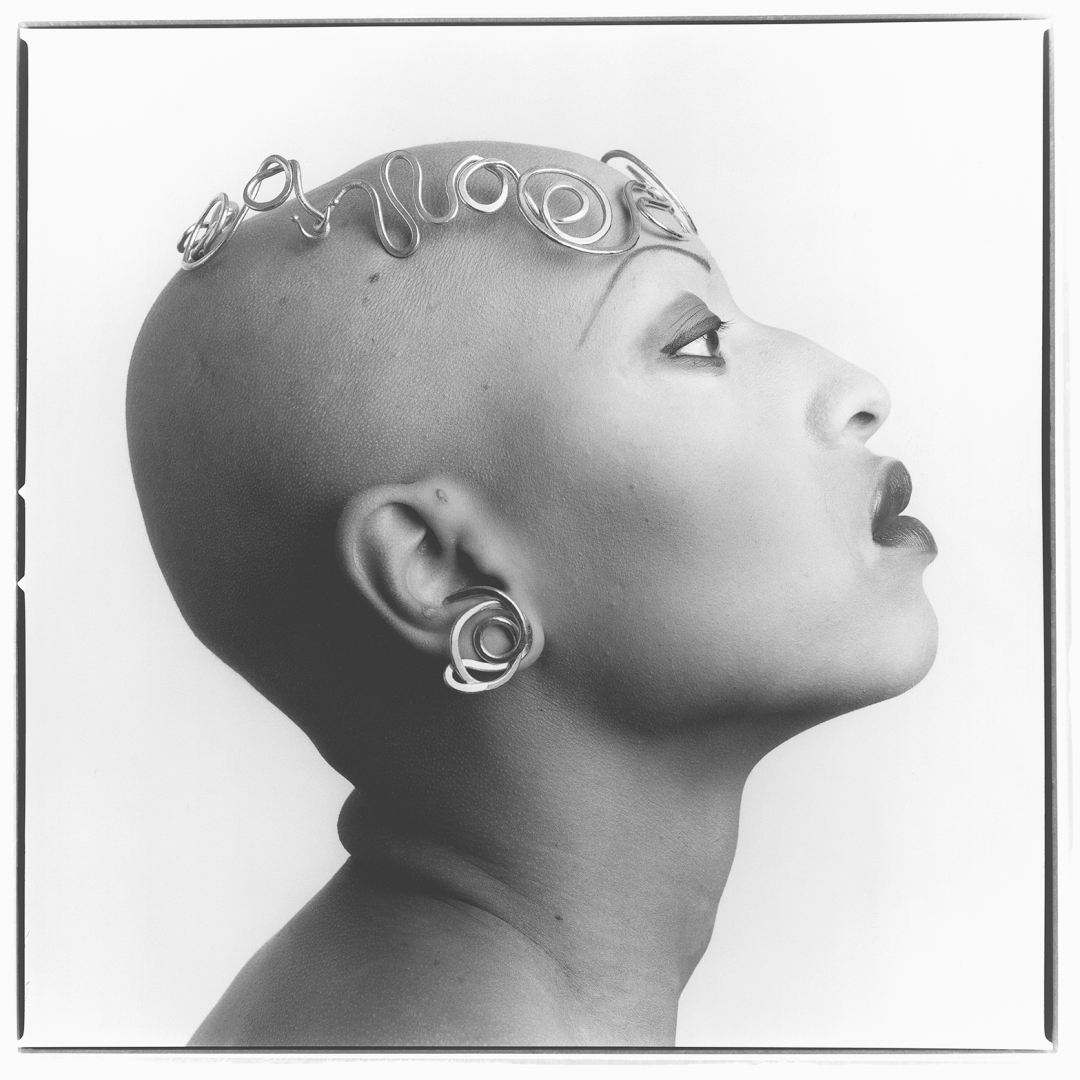
TG 943 COLLECTION, 1997 SRISOOK. 'Earrings 18k yellow gold'. ©Alberto García Alix
You started out studying interior design. How did you end up designing jewellery?
I made the leap because I was always very interested in African tribal clothing and the symbolism of the jewellery they wear. I discovered that this trade combined art with total creativity and with the body language of jewellery: pieces that last in time, are passed on from parents to children, that aren’t governed by what fashion dictates. It fascinates me that a small object that costs nothing can have such powerful sentimental value.
It is true that there is a sentimental bond with the jewels we wear. But what relationship do you have with the pieces you create?
A very intimate one. In fact, they’ve always been like my children. No matter how many years go by, I might even like them more and I still enjoy watching and touching them. I know many people who establish a special relationship with my pieces. Sometimes they even use them as an amulet because they say they bring them luck. I find the aura that is created around my jewellery quite exciting. Of course, the thing with those pieces is that they’re conversation starters: it’s not uncommon that someone who’s wearing them in the street or in a meeting is asked who made them or what they mean.
You were part of a fascinating period, full of creativity and talent: the Madrid of the Movida era, back in the 80s.
I remember that I arrived in 1983, more or less, along with Quico Ribas, a contemporary arts curator who was passionate about design and creators in all fields, whom he offered opportunities of multidisciplinary collaboration. For a person as young as me, this was the time and city to live in: we were all about the same age and eager to convey our creativity.
So much so that you didn’t go back to Barcelona and stayed here.
I was lucky enough to be living surrounded by great artists, some of whom are still great friends, for a few years, and there was an energy here that I could never have expected to find. All that seduced me to such an extent that I stayed in Madrid. Somehow, I felt comfortable here, things went well for me, and I found a sounding board. Because without that positive response to what you do, it’s all useless—you may even come to think that you’re wrong about your vocation. A lot of projects came from that, and a lot of energy, which spread from Madrid to other cities in Spain, and even the world.
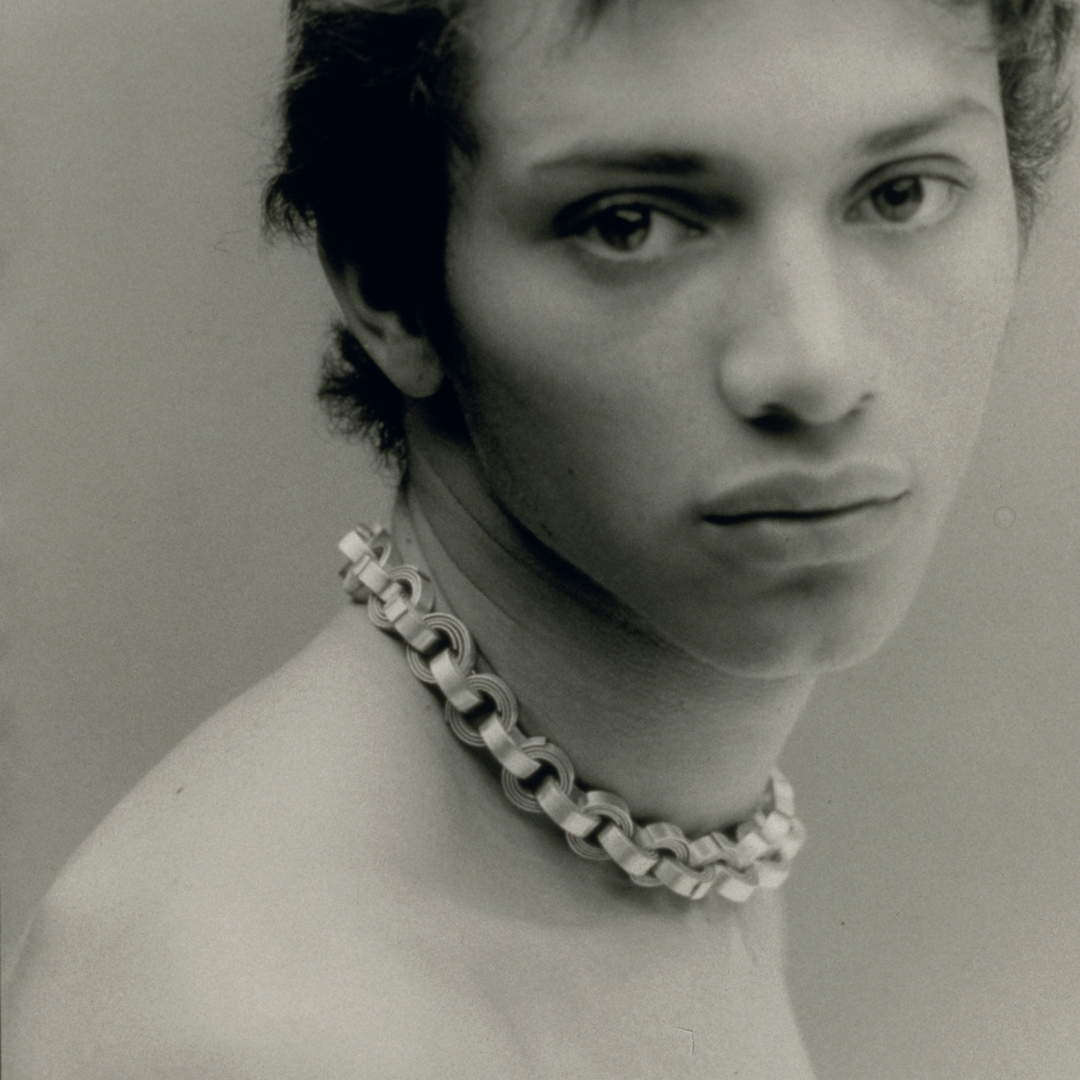
VOL DE NUIT COLLECTION, 1998 M’BAREK 'Necklace Silver'. ©Alberto García Alix
What you retain from that time is a curious and restless spirit that makes you live in a never-ending creative search.
I never stop—I don’t know where I get the energy from, really. Because I’m passionate about everything around me and what I do, I always have to be in on it. Right now I’m mixed up in several projects. One of them is an exhibition dedicated to me in New York by the Leslie-Lohman Museum of Gay and Lesbian Art, which celebrates its 50th anniversary [starting October 8]. I’m also working on another non-profit project in Hong Kong to help young designers in the field of creation. And there’s another one in the works with the Metropolitan in New York, which I can’t say anything about yet.
“Right now, the planet needs our commitment, and contemporary jewellery cannot stand aside”
But your big jewellery project is your second brand, ChusXChus.
Yes, it’s a firm dedicated to the children of the clients who’ve been following me since the days of the Movida: people in their twenties or thirties, who like my designs, who don’t yet earn a decent salary, but who are consumerist and have artistic DNA. There I do think about who will be wearing it, and also about the costs: I want to make affordable jewels, made of silver and gold by traditional Spanish goldsmiths, absolutely contemporary, that are forever. Furthermore, ChusXChus is committed to respecting the environment through the recycling of metals, working with factories that do not pour acids or other contaminating waste into nature, and using diamonds that have been created in a laboratory. Because, right now, the planet needs our commitment, and contemporary jewellery cannot stand aside.
